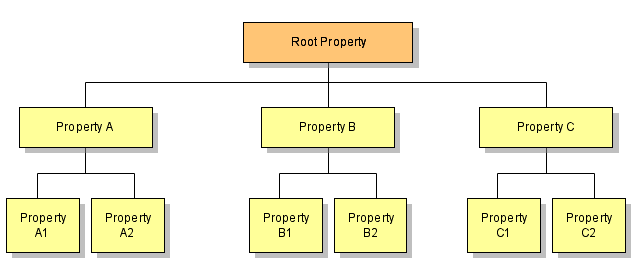- From: Keith Waters <kwaters@ftrd.us>
- Date: Wed, 1 Jun 2005 16:53:57 -0400
- To: www-di@w3.org
- Message-Id: <4407F942-5913-45CE-97D8-4196114AFFEC@ftrd.us>
Hi Jeremy, This message contains a response to comments on http://www.w3.org/TR/2004/WD-DPF-20041122/ e5: section 4.1 Figure 1 confusing I got really quite confused by figure 1 and the text above it. I only really made sense of it when I had read further in the document. In part this was that I hadn't work out what you meant by hierarchy by this point. In part this is that the label "DPF Component" seems to describe the type of that rectangle, whereas the labels "Property [A-C1-6]" seem to be being used to name the relationship between the labelled rectangle and the rectangle above. The lines are also working quite hard, and looking at the picture again I think perhaps too hard. (The lines are representing both the parent/child relationship and the sibling relationships) I guess I'm really looking for substantive changes here, so my suggested fix is in a different comment (mainly comment r2) Figure 1. has been redesigned to take into account the "Property [A-C 1-6]" issue. Figure 1. (attached) now illustrates leaf nodes as "Property [A1, A2]" and "Property [C1, C2]" to clarify their non- relationship. Importantly, while semantic representations are possible, the DPF considers this to be out-of-scope. The DPF focuses on describing a set of interfaces not RDF ontologies. As a result, the intent of Figure 1. is to clarify property hierarchies rather than property ontologies. The DPF is not a model to MetaData. Further, the DPF does not need a semantic representation to function and there is no means to describe such representations in DPF. Having said this, it is possible to capture such representations via the metaData interfaces.
-Keith Waters
Attachments
- image/png attachment: dpf1.png

Received on Wednesday, 1 June 2005 20:54:36 UTC